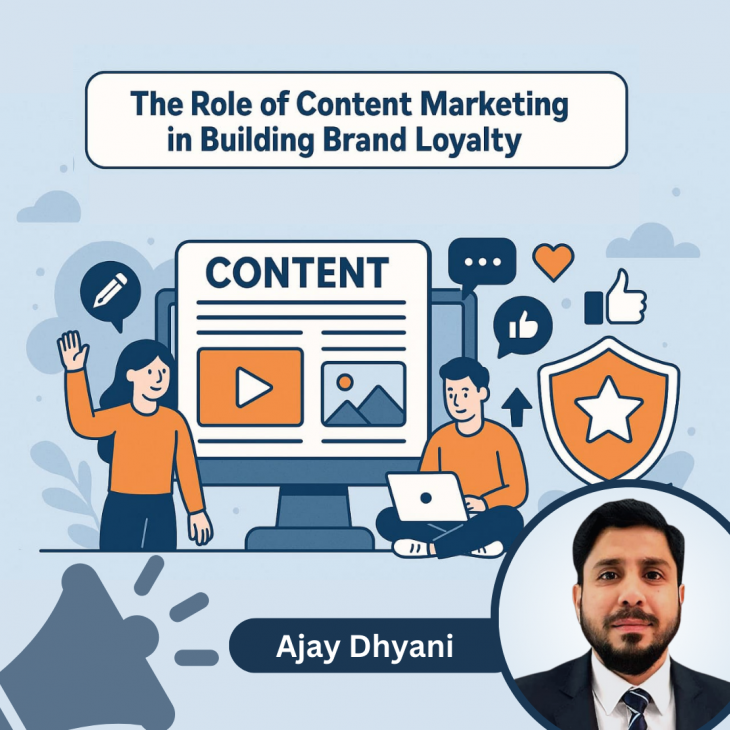
Building brand loyalty has become both difficult and essential in today’s digital world, where customers are overloaded with options and information.

Building brand loyalty has become both difficult and essential in today’s digital world, where customers are overloaded with options and information.
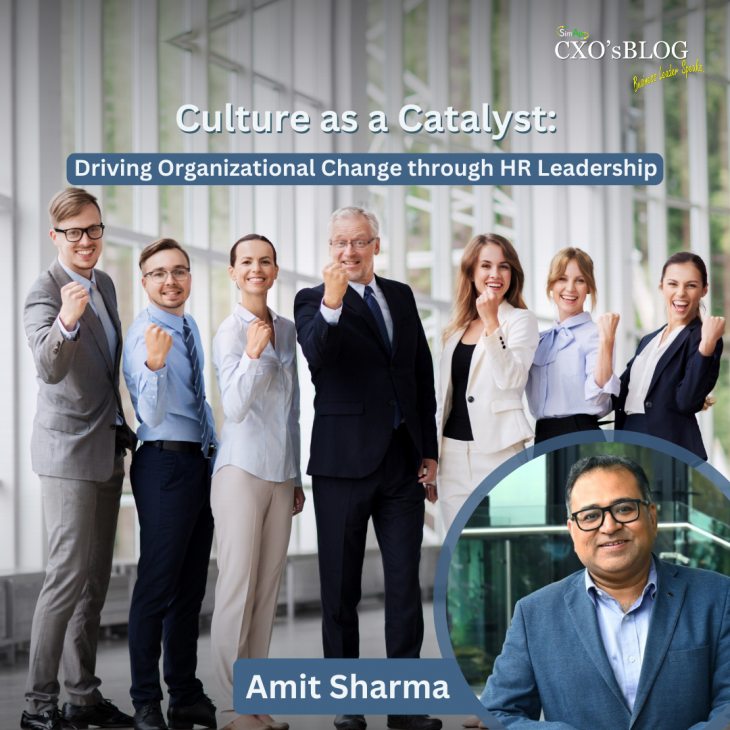
In the fast-evolving landscape of business, one of the most significant levers of sustained success is an organization’s culture.

On visits to South Asian countries through the noughties, I had seen masks being used as a barrier against pollutants and a filter against air-borne allergens. From simple scarves to intricate gas masks, face coverings were just everywhere.
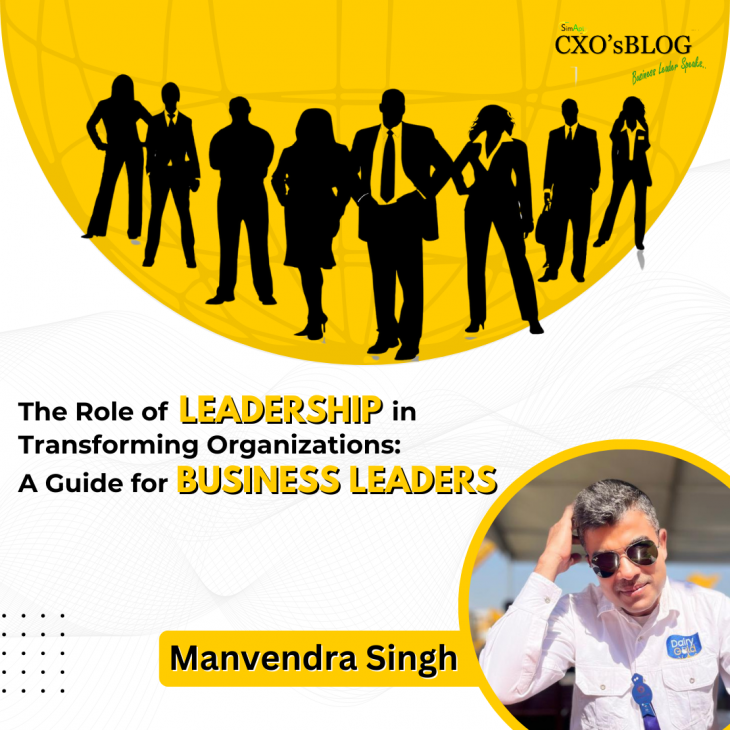
In the fast-changing world of business today, leadership is perhaps turning out to be the single most critical element. Effective leadership is the foundation upon which transformation is carried and upon which sustainable growth depends for organizations as they navigate through the complexities and vagaries of the world.
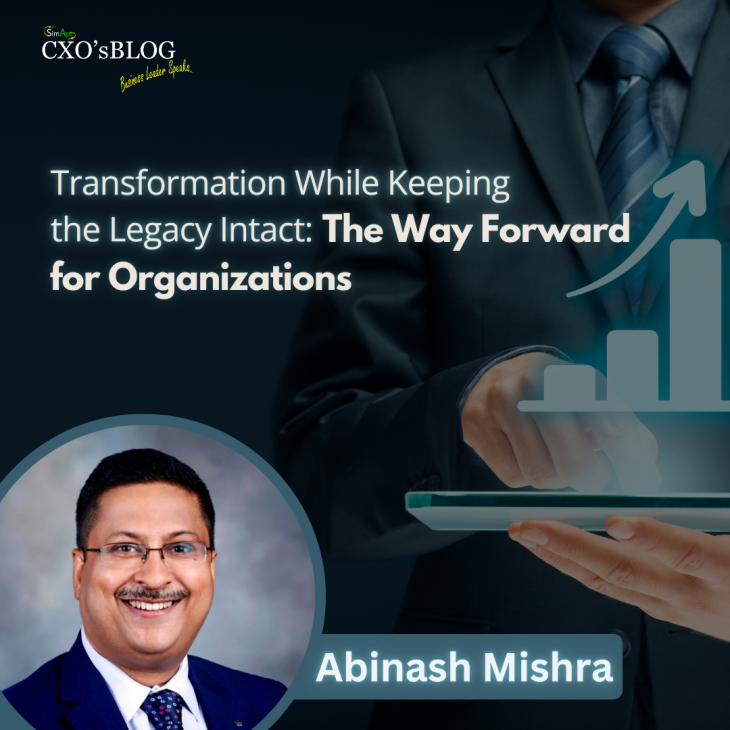
The modern world is full of challenges, and recently, most of the organizations have been trying to reinvent themselves.
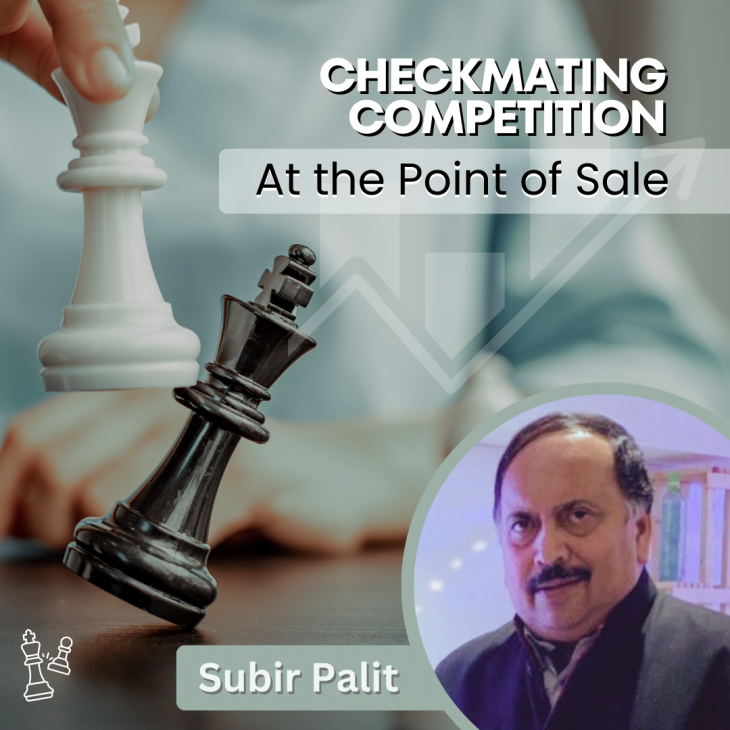
My foray into building materials and interior infrastructure industry was in 2007, when I joined one of the leading interior infrastructure brands at Delhi as the Country Head of decorative division.
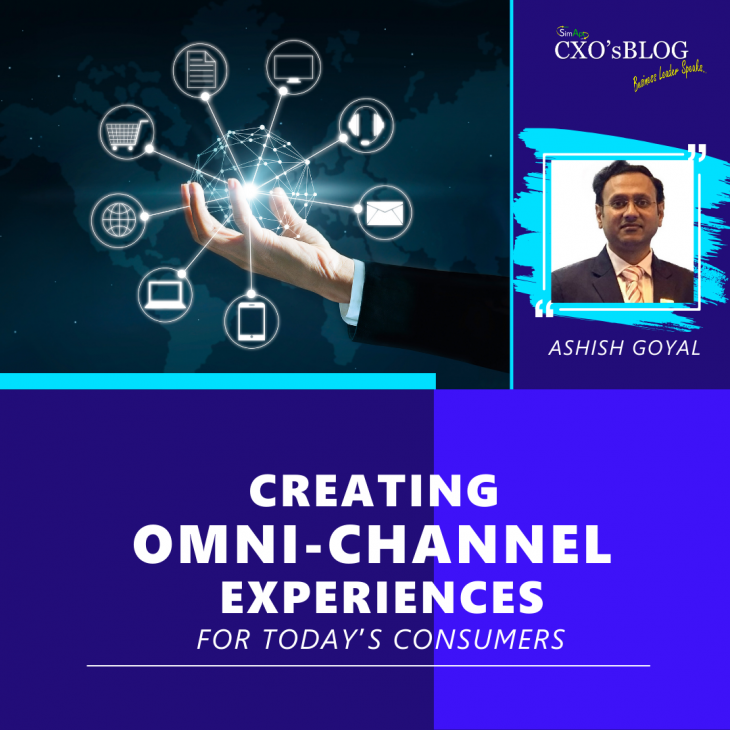
The distinctions between online and physical experiences are becoming more and more hazy in today’s consumer world. Whether they are interacting on social media
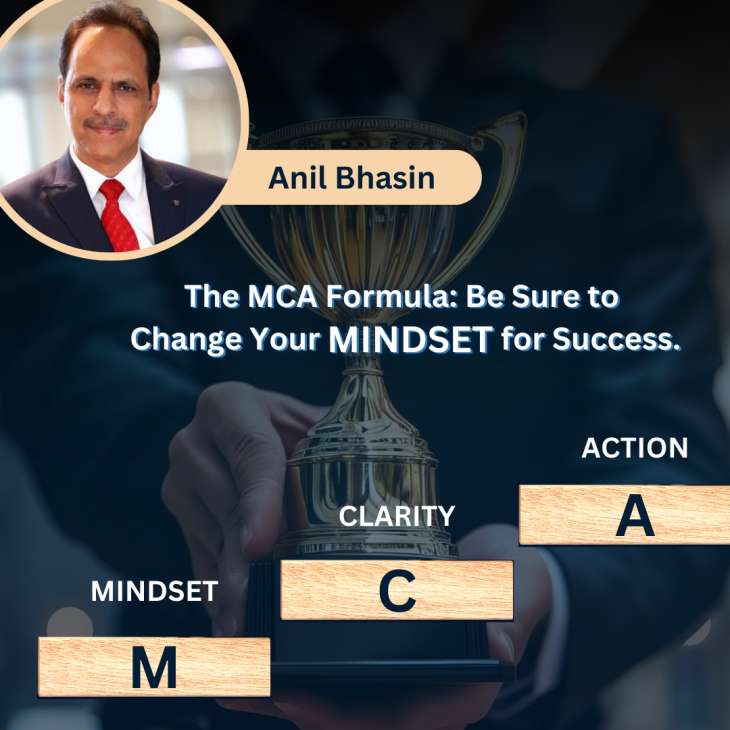
In my nearly four decades of experience in the fast-moving electrical goods sector, I have witnessed firsthand how a combination of mindset, clarity, and action can transform lives.
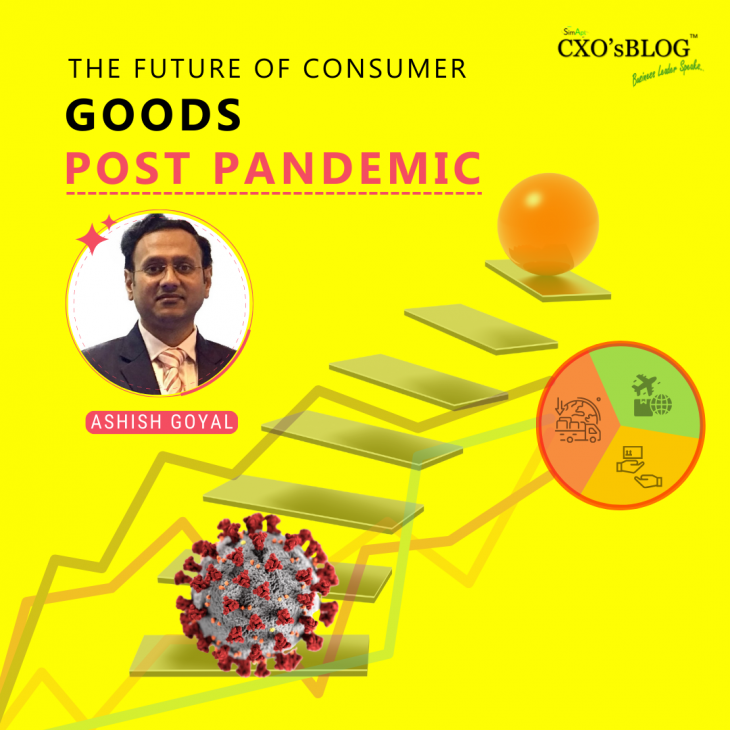
The consumer products sector is undergoing a significant period of change at this critical juncture in history. The COVID-19 epidemic has caused seismic disruptions in our sector that have not only drastically changed consumer behavior but also hastened transformation.

In my 24 years of experience in the lighting industry, I’ve had the privilege of witnessing and contributing to its dynamic growth. The industry’s rapid evolution has presented unique challenges and opportunities, especially in building and leading high-performance teams